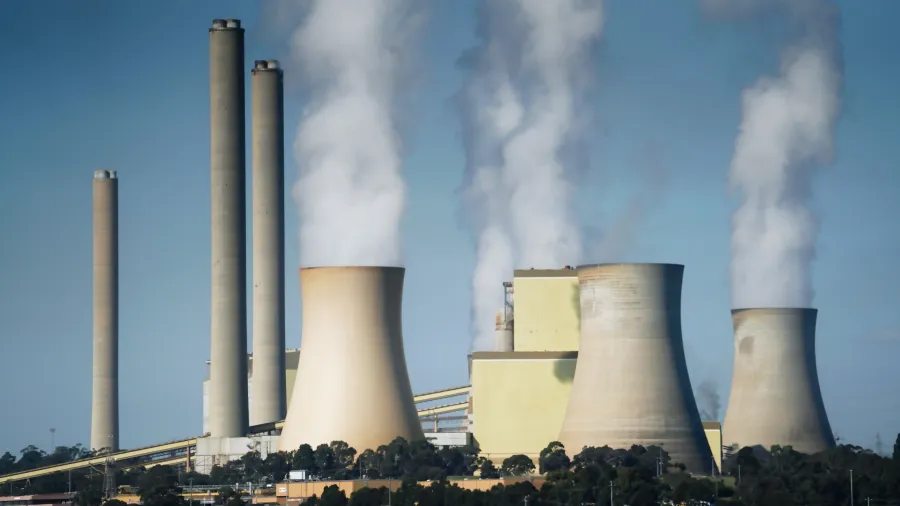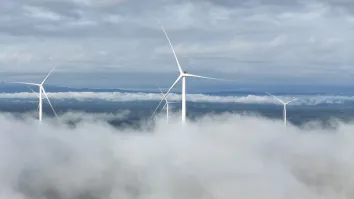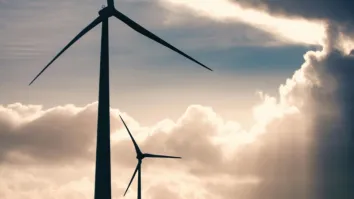
Australia’s power market is the most volatile globally: study
The Down Under reports price fluctuations following coal generation outages.
A study revealed that Australia’s electricity market is the most volatile globally, with unexpected losses of supply from unplanned coal generation outages and transmission line issues leading to price volatility.
Findings from Rystad Energy research showed that Australia’s National Electricity Market (NEM), which interconnects power markets in Queensland, New South Wales (NSW), Victoria, Tasmania and South Australia is experiencing the most fluctuations in daily prices of any system worldwide.
Based on analysing public price data from 39 electricity markets worldwide, Australia’s NEM holds the unwanted title of “most volatile,” with domestic price spreads for Queensland and South Australia seeing the widest spreads of all markets.
“The key metric used to measure volatility is the average one-hour intraday spread for a year of data, i.e., the difference between the highest and lowest price during a given hour,” read the statement.
The unplanned coal power plant outages or transmission line problems were attributed to natural disasters such as cyclonic winds or bushfires, which have become more frequent and devastating in recent years.
“Extreme price fluctuations are also down to high solar power penetration. Whilst daytime generation is high, pushing prices down, elevated natural gas prices are causing soaring rates in the evenings and at night when solar generation falls and gas-fired generation is needed,” read the statement.
Rystad Energy then advised that an increased storage capacity is needed. It recommended a total of 46 gigawatts (GW)/640 gigawatt-hours (GWh) of pumped hydro and utility-scale battery storage capacity will be needed to balance the market by 2050, a significant increase from the current 2.8 GW.
For September 2023, costs across all NEM states remained low as mild weather conditions reduced electricity demand. However, the northern states of NSW and Queensland reported higher prices of A$69 (US$44) per megawatt-hour (MWh) and A$56 per MWh, respectively.
Electricity prices were more affordable in other states, hovering around A$44 per MWh in South Australia, A$34 per MWh in Victoria, and A$32 per MWh in Tasmania.
As this happened, volatility continued to persist in South Australia, NSW and Queensland. This was after a half-hour intraday spread surpassing A$440 per MWh in all three states, despite the season being characterized by mild weather and, consequently, reduced demand.



















 Advertise
Advertise







